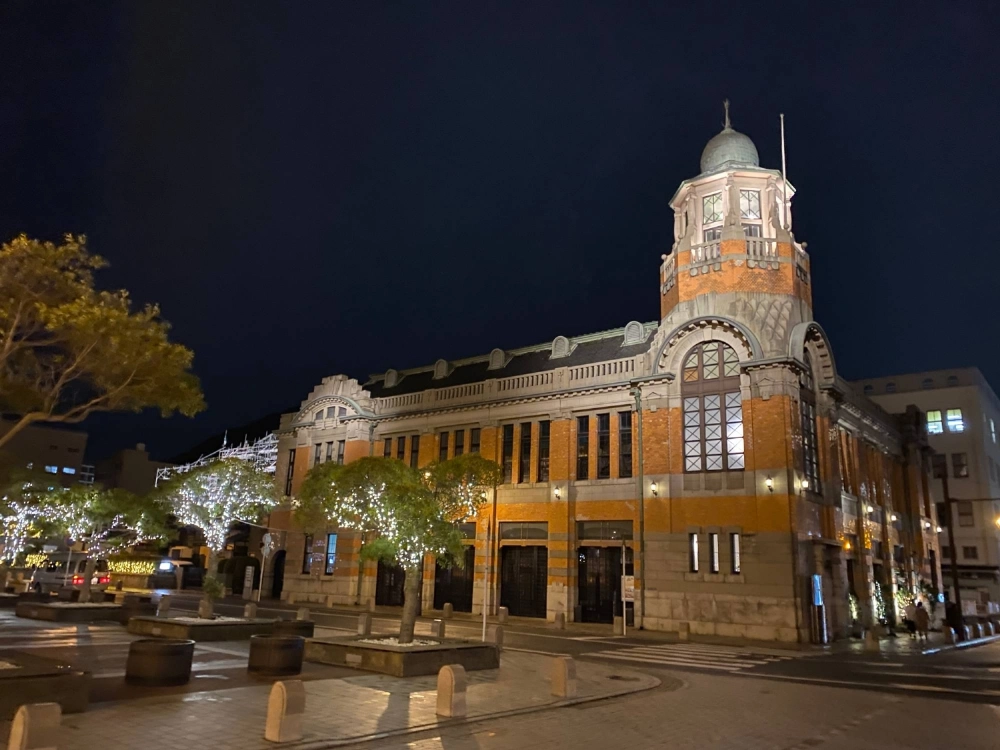On arrival in Kokura one December day, the skies are dark and threaten a storm. It’s little surprise as the town, now embedded within the industrial megacity of Kitakyushu, sees cloudy conditions over half the days of the year.
And during World War II, such weather saved the city from nuclear destruction.
Hiroshima had always been the primary target for the first atomic bomb, as it was home to two Imperial Japanese Army headquarters and a strategic port. Originally scheduled for Aug. 11, the second atomic bomb targeting the city’s Kokura Arsenal, a conventional and chemical weapons production center, was rescheduled to Aug. 9 due to a forecasted storm and poor flying conditions.

















With your current subscription plan you can comment on stories. However, before writing your first comment, please create a display name in the Profile section of your subscriber account page.